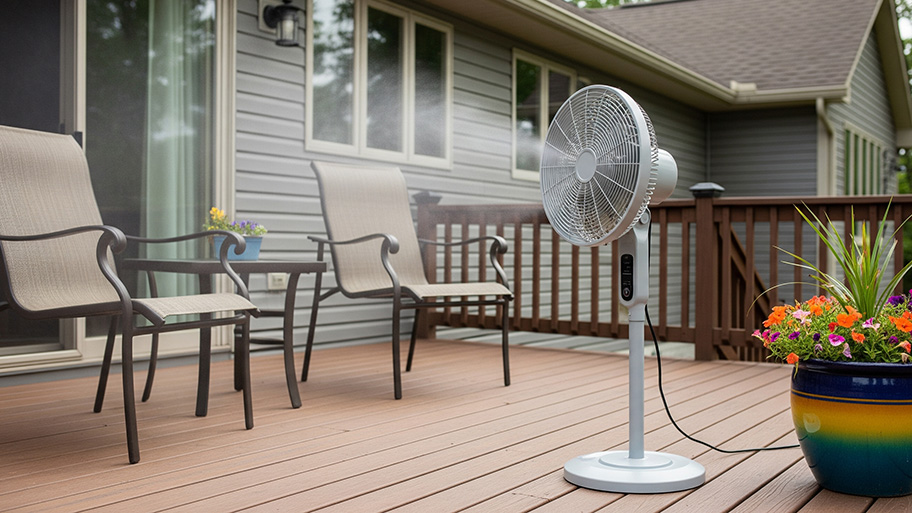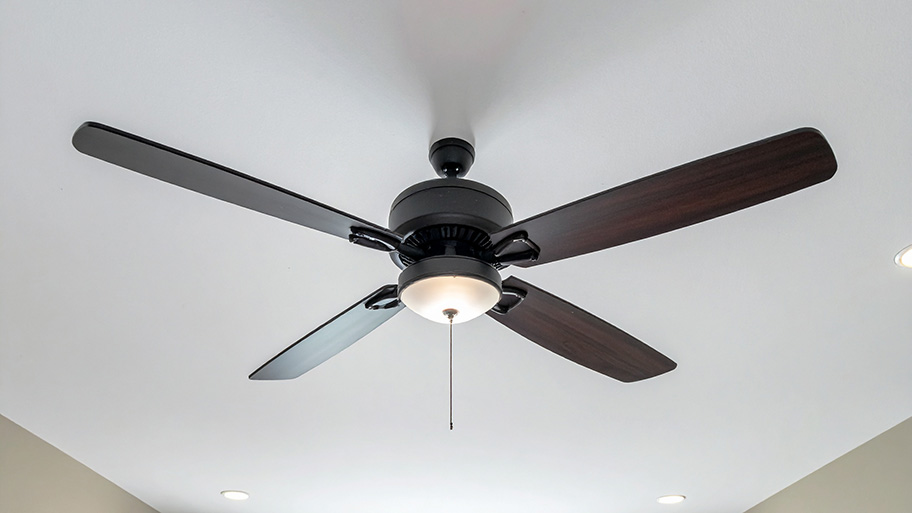
Get matched with top ceiling fan pros in Oregon, MO
Enter your zip and get matched with up to 5 pros
Need a pro for your ceiling fan service project in Oregon, MO?
Verified Reviews for Ceiling Fan Service pros in Oregon, MO
*The Angi rating for Ceiling Fan Service companies in Oregon, MO is a rating based on verified reviews from our community of homeowners who have used these pros to meet their Ceiling Fan Service needs.
*The HomeAdvisor rating for Ceiling Fan Service companies in Oregon, MO is a rating based on verified reviews from our community of homeowners who have used these pros to meet their Ceiling Fan Service needs.
Last update on December 05, 2025
Find Ceiling fan pros in Oregon
BIG JOHN'S HANDYMAN SERVICES
BIG JOHN'S HANDYMAN SERVICES
Fast, friendly and reliable service at a fare price. Your One call handyman!
Fast, friendly and reliable service at a fare price. Your One call handyman!
ALL-N-ALL CONSTRUCTION, LLC
ALL-N-ALL CONSTRUCTION, LLC
Construction, remodeling, repairs as many people as needed, cash, check, money order and can accept cards for fee
Construction, remodeling, repairs as many people as needed, cash, check, money order and can accept cards for fee
Taylor engineering and construction inc.
Taylor engineering and construction inc.
We are a family owned and managed business that does engineering and technology design and development for the.automotive industry and construction industry if you can dream it we can build it we take pride in our quality workmanship and attention to detail.
We are a family owned and managed business that does engineering and technology design and development for the.automotive industry and construction industry if you can dream it we can build it we take pride in our quality workmanship and attention to detail.
Call The All In One Construction Co
Call The All In One Construction Co
I have 35 years experience in construction I have performed all phases of construction im a 4th generation contractor I have 4 employees
I have 35 years experience in construction I have performed all phases of construction im a 4th generation contractor I have 4 employees
Nunezotw
Nunezotw
From the grown up my crew and I will make your visions come rue
From the grown up my crew and I will make your visions come rue

Assured Building Products LLC.
Assured Building Products LLC.
Our company provides great customer service with quality products at a competitive price.
Our company provides great customer service with quality products at a competitive price.

HighTech Service
HighTech Service
Licensed and Insured. Expert Service. Military and Senior Discounts. Clean and Professional. Emergency Service Available. Quality Assurance Program. Small Business. Local Family Owned.
Licensed and Insured. Expert Service. Military and Senior Discounts. Clean and Professional. Emergency Service Available. Quality Assurance Program. Small Business. Local Family Owned.
Patzius Electrical & Plumbing
Patzius Electrical & Plumbing
We install all Appliances, We Build Commercial Electrical Panels, We do new and old repairs on your home. .
We install all Appliances, We Build Commercial Electrical Panels, We do new and old repairs on your home. .
The Oregon, MO homeowners’ guide to ceiling fan services
From average costs to expert advice, get all the answers you need to get your job done.

If your ceiling fan stops working due to a bad motor or broken pull chain, here’s what you can expect to pay to get it fixed.
 •
•Discover the cost to install a ceiling fan, including labor, materials, and tips to save. Learn what impacts your price and how to budget for your project.

Removing a ceiling fan is an easy task that any handy DIYer can tackle. Follow the five steps in this guide to learn how to remove a ceiling fan.

It's time to cool off! Learn 10 ways to make your room cool without an air conditioner in this informational fan hack guide.

Ceiling fans need the help of lubrication to run smoothly and quietly. Learn how to oil a ceiling fan without taking it down in a few simple steps.

Does your ceiling fan wobble every time you turn it on? Use this guide to locate the source of the problem and learn how to balance a ceiling fan yourself.
- Mound City, MO Ceiling fan pros
- Highland, KS Ceiling fan pros
- Troy, KS Ceiling fan pros
- Craig, MO Ceiling fan pros
- Savannah, MO Ceiling fan pros
- Wathena, KS Ceiling fan pros
- Elwood, KS Ceiling fan pros
- Hiawatha, KS Ceiling fan pros
- Saint Joseph, MO Ceiling fan pros
- Falls City, NE Ceiling fan pros
- Fairfax, MO Ceiling fan pros
- Maryville, MO Ceiling fan pros
- Atchison, KS Ceiling fan pros
- Easton, MO Ceiling fan pros
- Horton, KS Ceiling fan pros
- Burlington Junction, MO Ceiling fan pros
- King City, MO Ceiling fan pros
- Agency, MO Ceiling fan pros
- Tarkio, MO Ceiling fan pros
- Rock Port, MO Ceiling fan pros
- Stanberry, MO Ceiling fan pros
- Sabetha, KS Ceiling fan pros
- Stewartsville, MO Ceiling fan pros
- Dearborn, MO Ceiling fan pros
- Weston, MO Ceiling fan pros
- Effingham, KS Ceiling fan pros
- Gower, MO Ceiling fan pros
- Nortonville, KS Ceiling fan pros
- Maysville, MO Ceiling fan pros
- Humboldt, NE Ceiling fan pros



